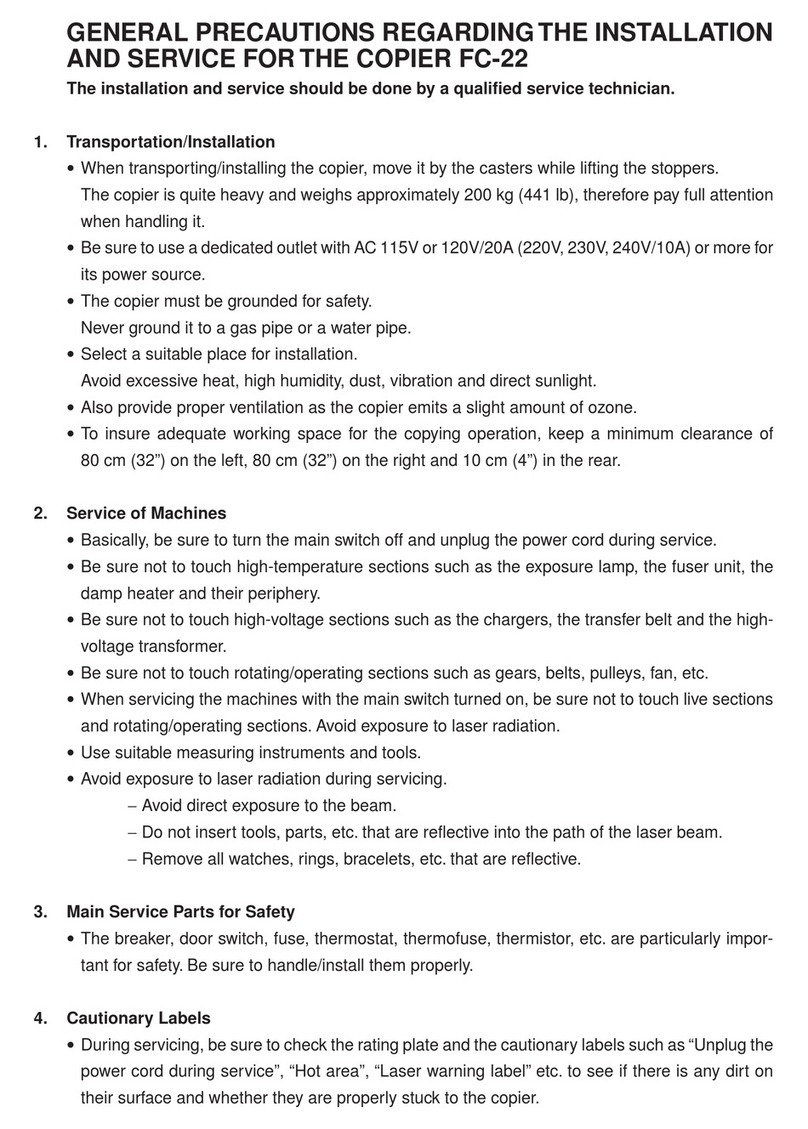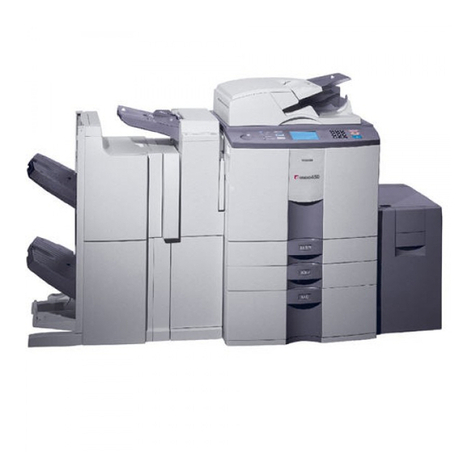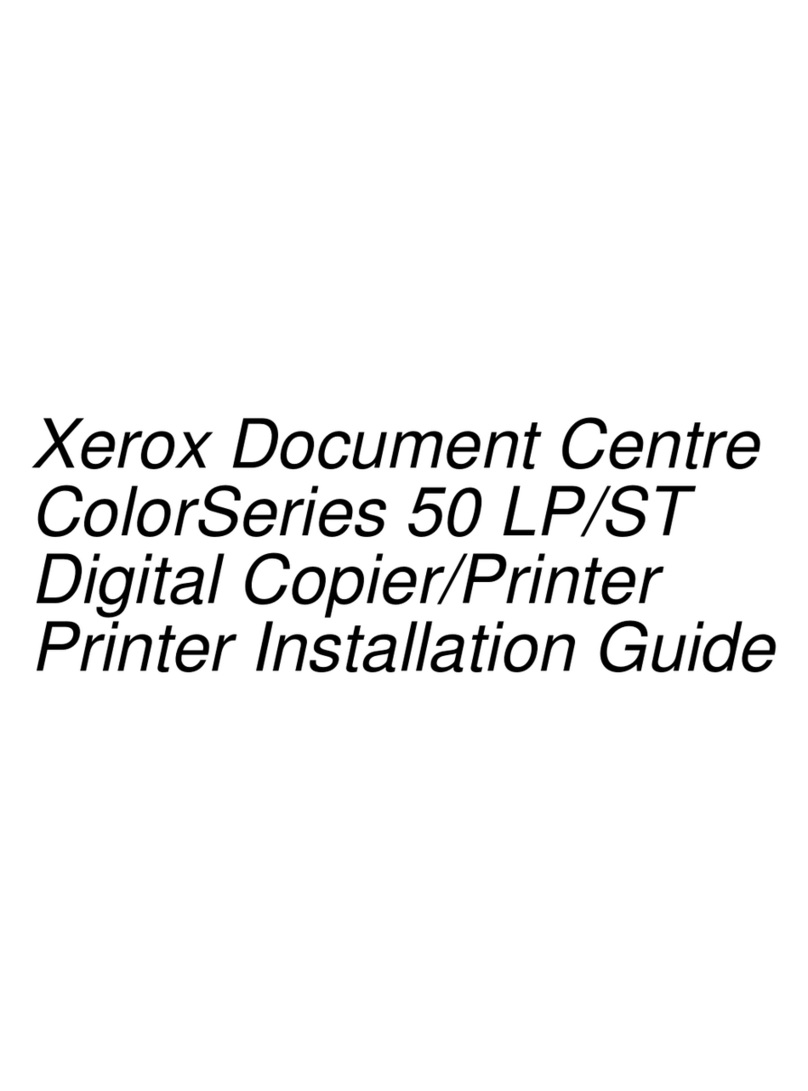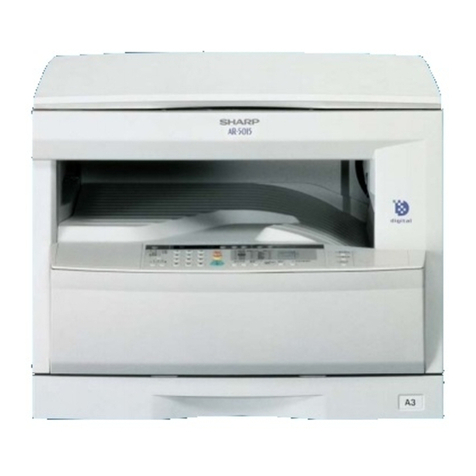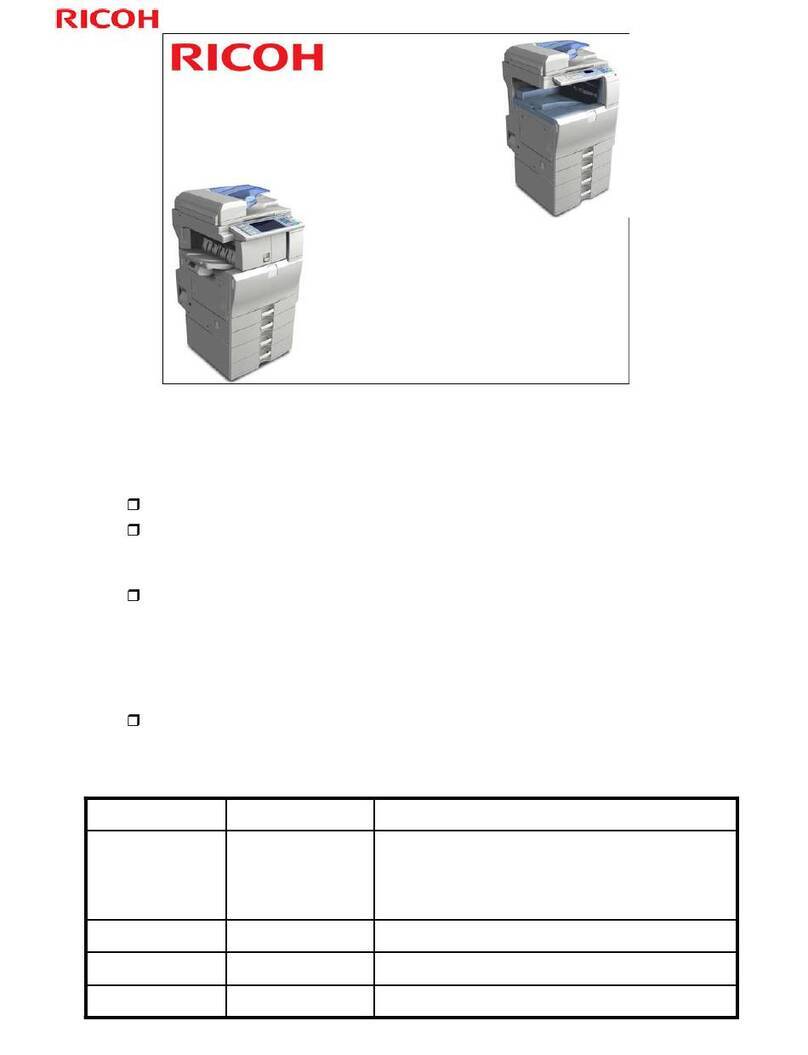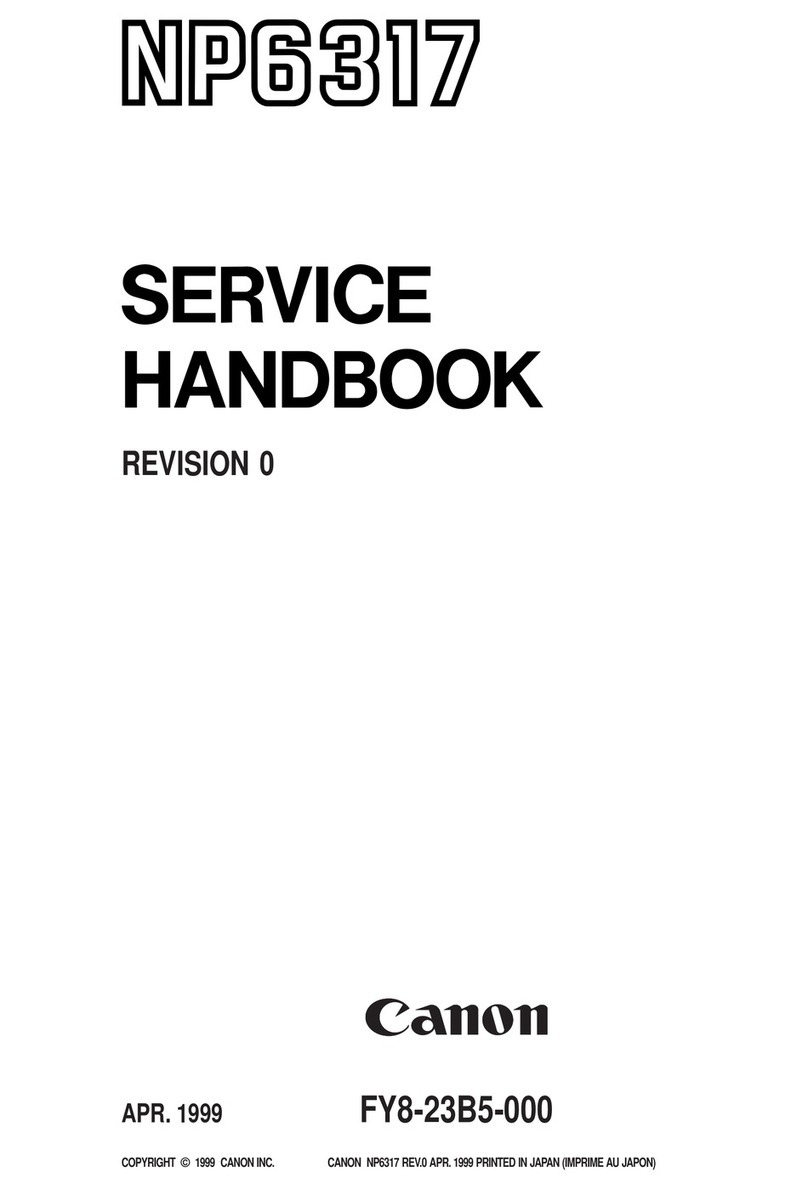Toshiba GD-1060 User manual
Other Toshiba Copier manuals
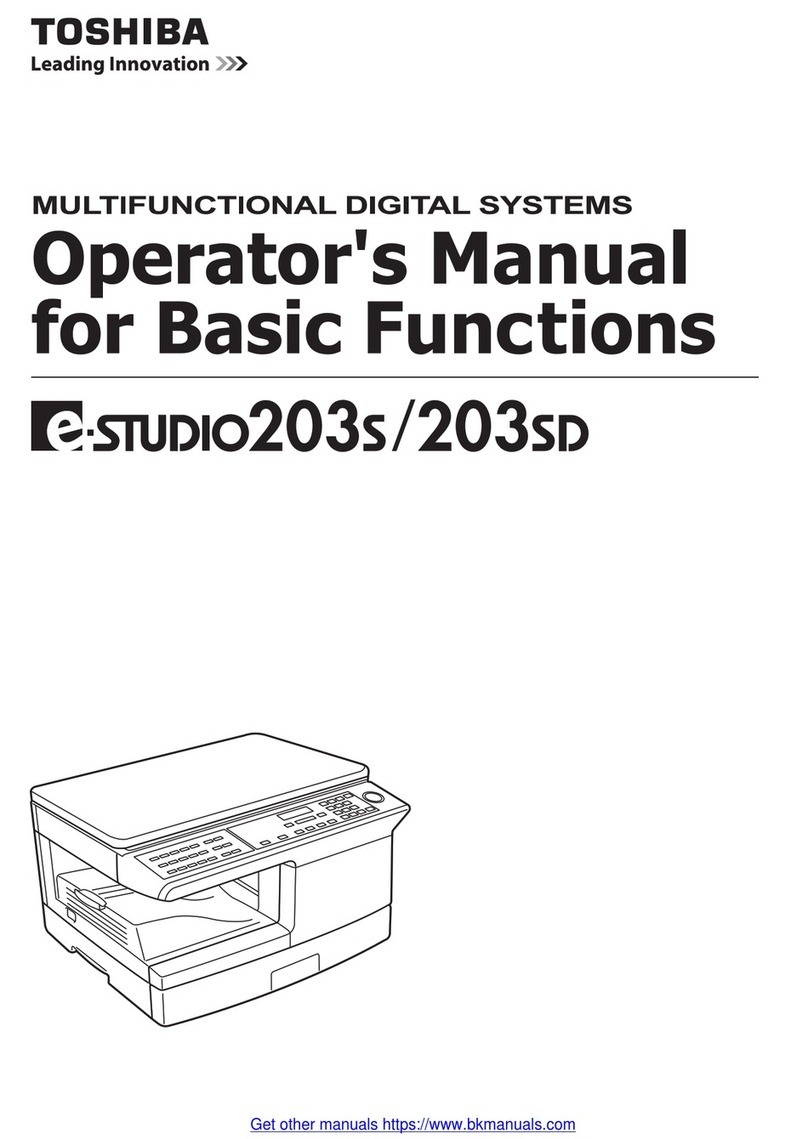
Toshiba
Toshiba e-STUDIO 203S User manual
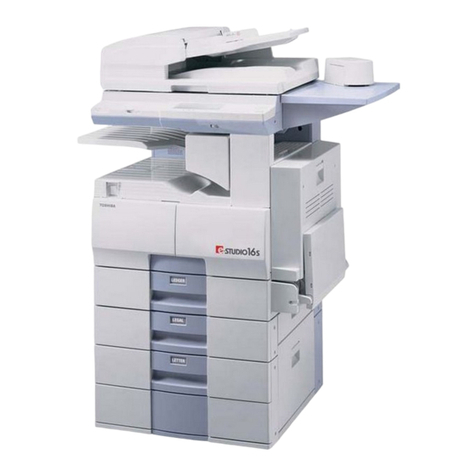
Toshiba
Toshiba SmartLink e-STUDIO16 Use and care manual
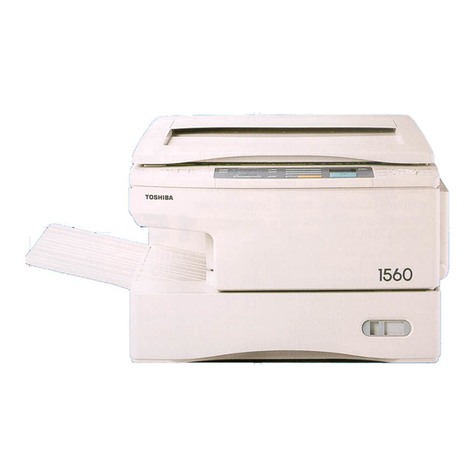
Toshiba
Toshiba 1550 How to use
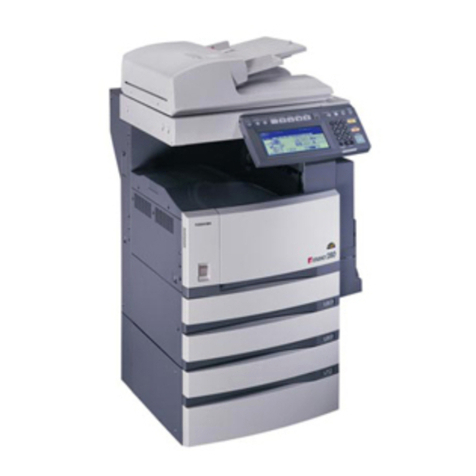
Toshiba
Toshiba e-Studio 350 User manual
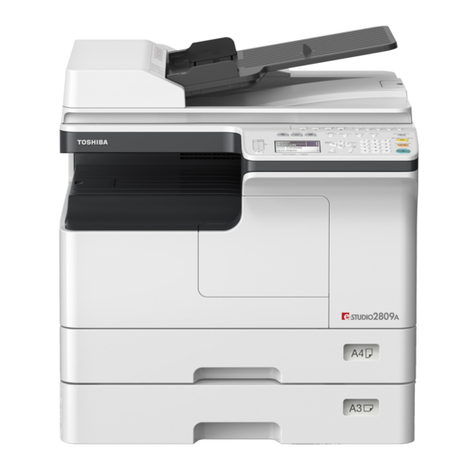
Toshiba
Toshiba e-studio2309a User manual
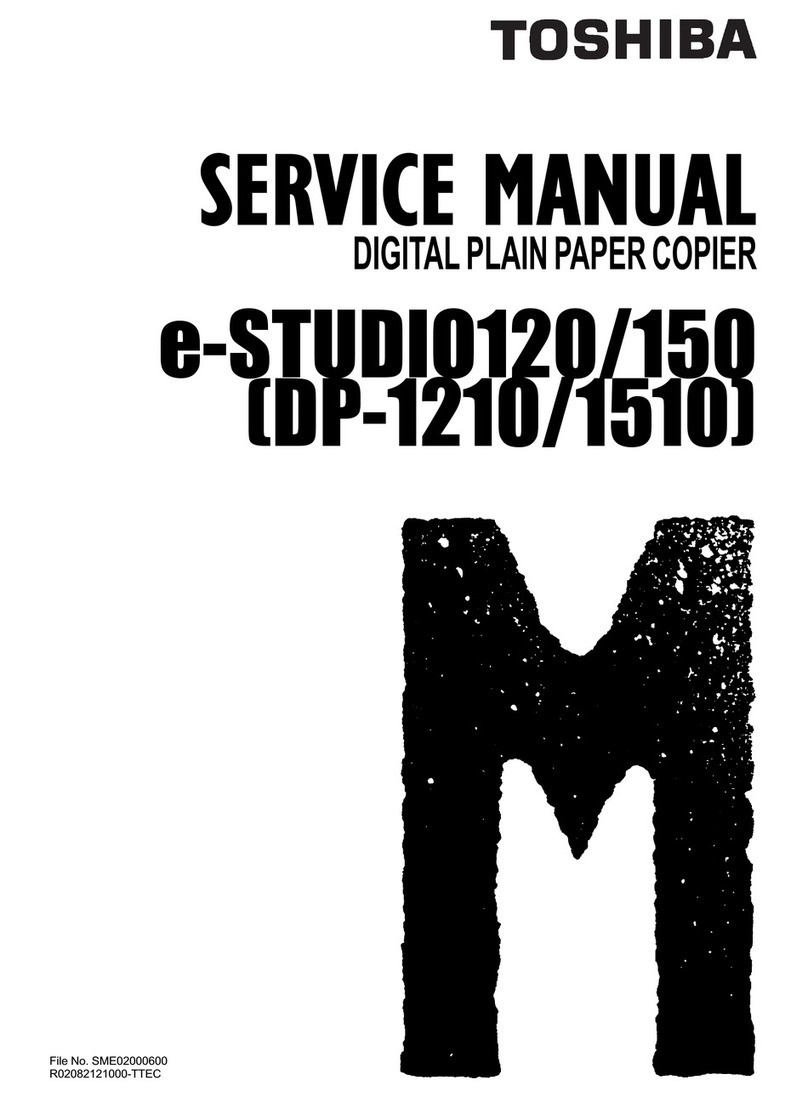
Toshiba
Toshiba e-studio 120 User manual
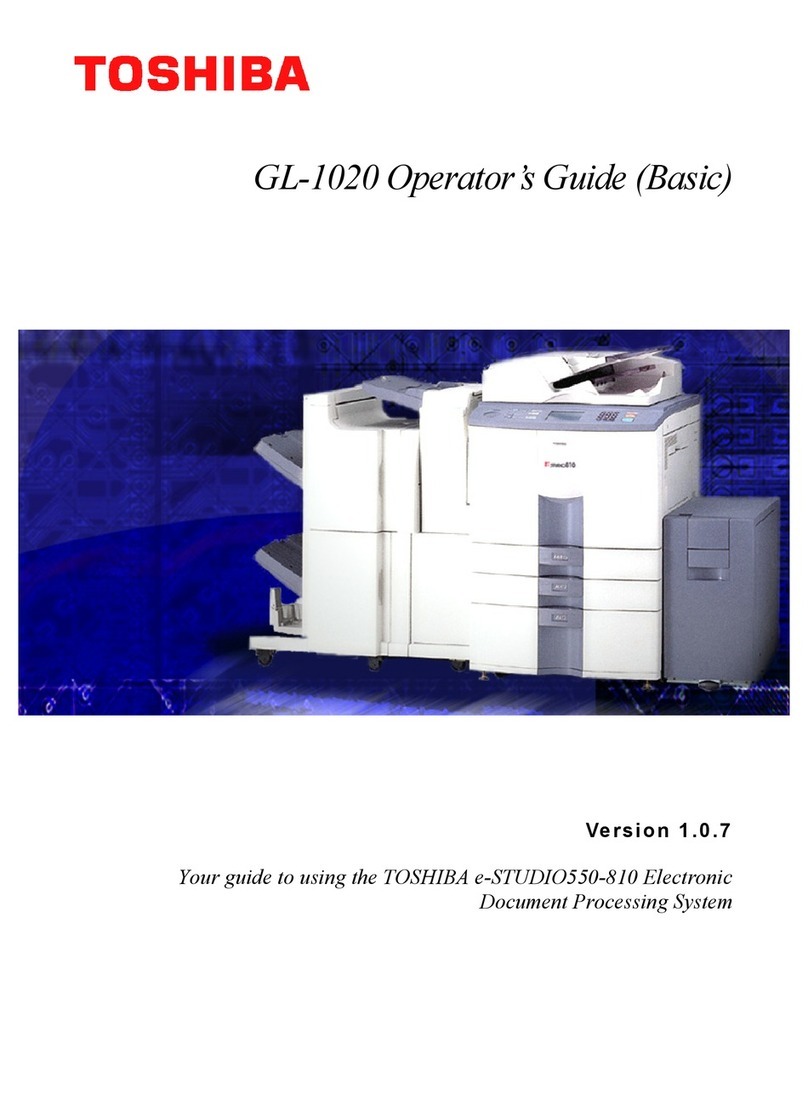
Toshiba
Toshiba e-STUDIO GL-1020 Manual

Toshiba
Toshiba 3560 User manual
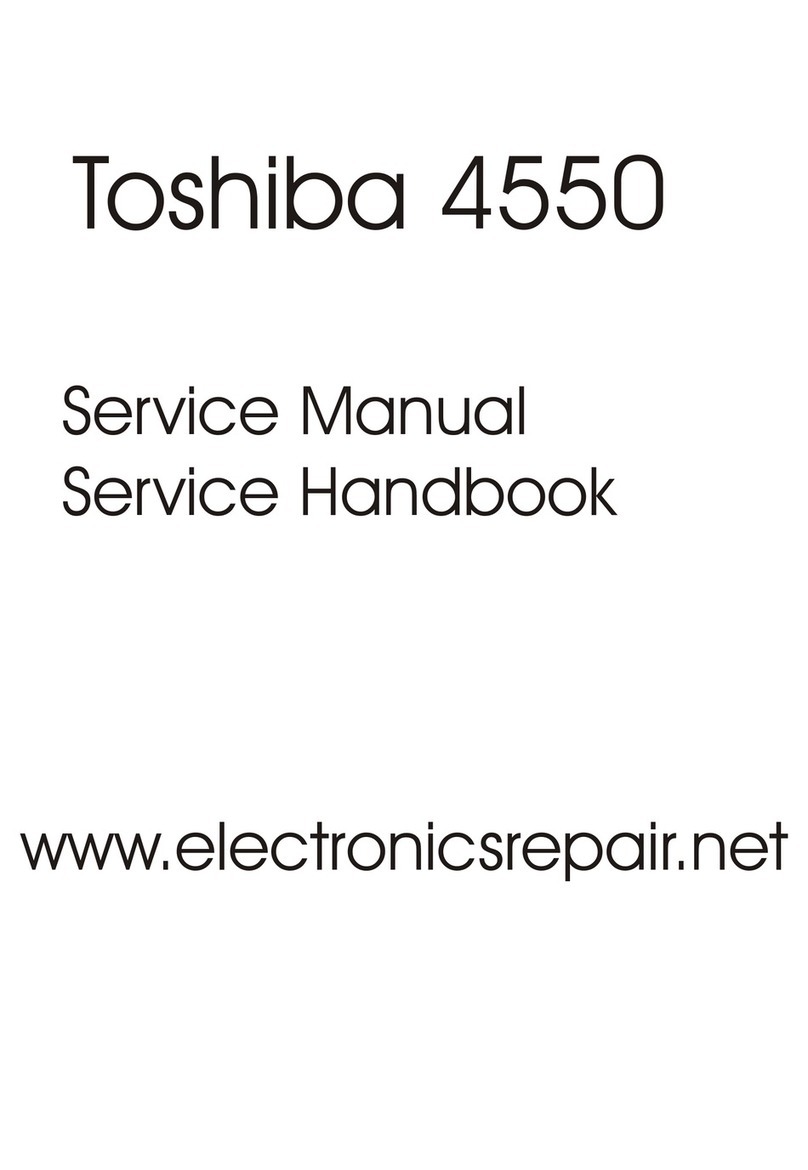
Toshiba
Toshiba 4550 User manual
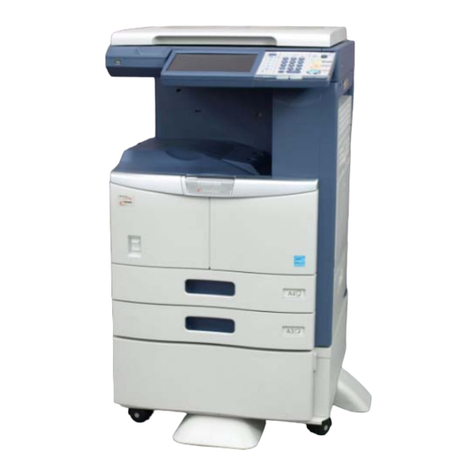
Toshiba
Toshiba e-STUDIO206L User manual
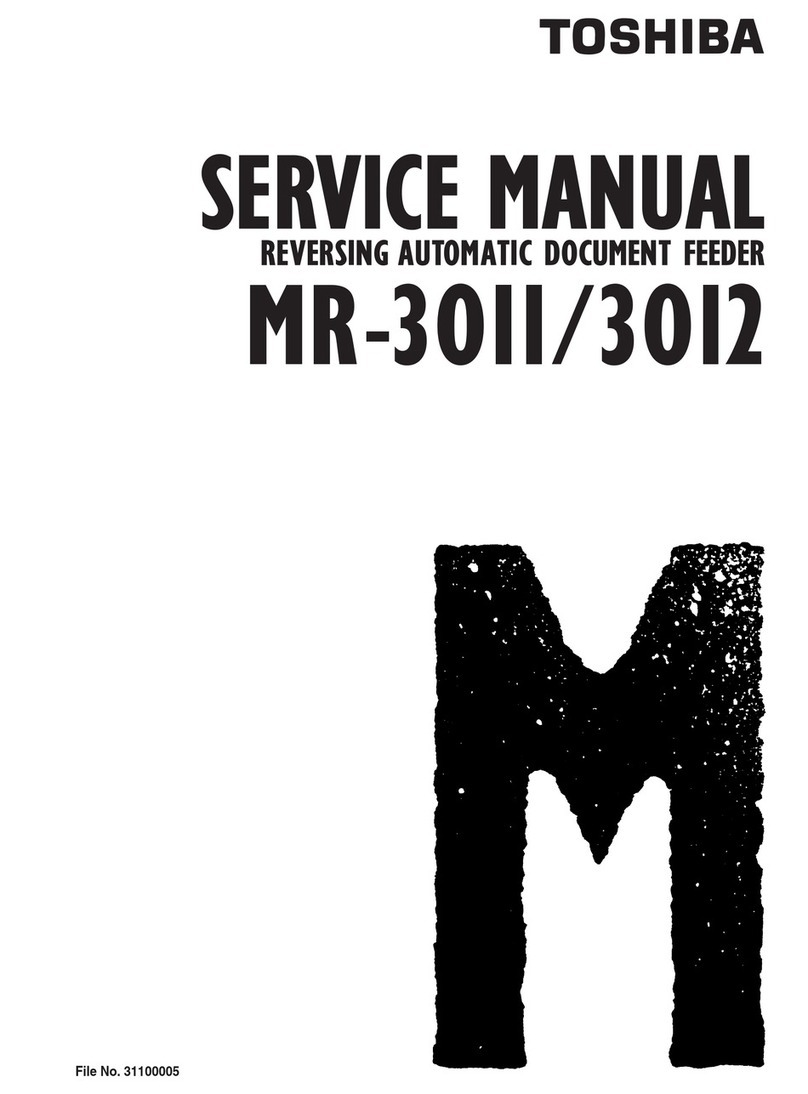
Toshiba
Toshiba MR-3011 User manual
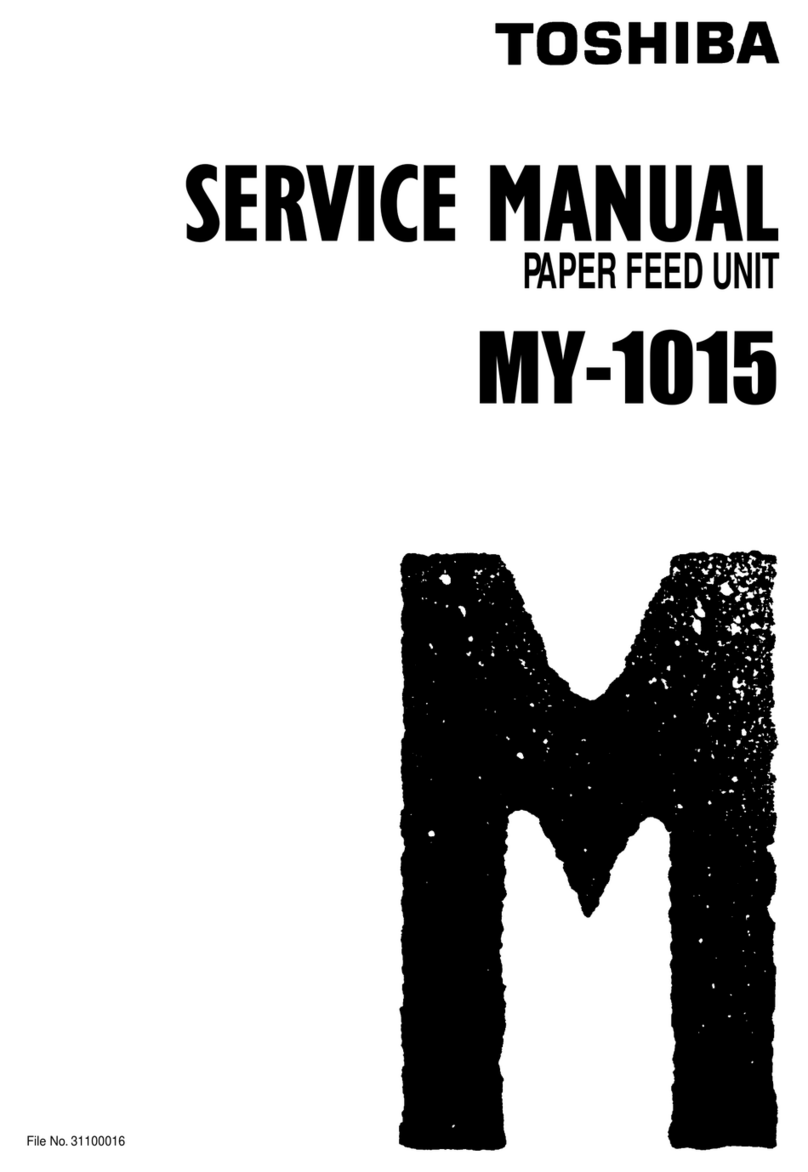
Toshiba
Toshiba MY-1015 User manual

Toshiba
Toshiba 1550 User manual

Toshiba
Toshiba 5560 User manual
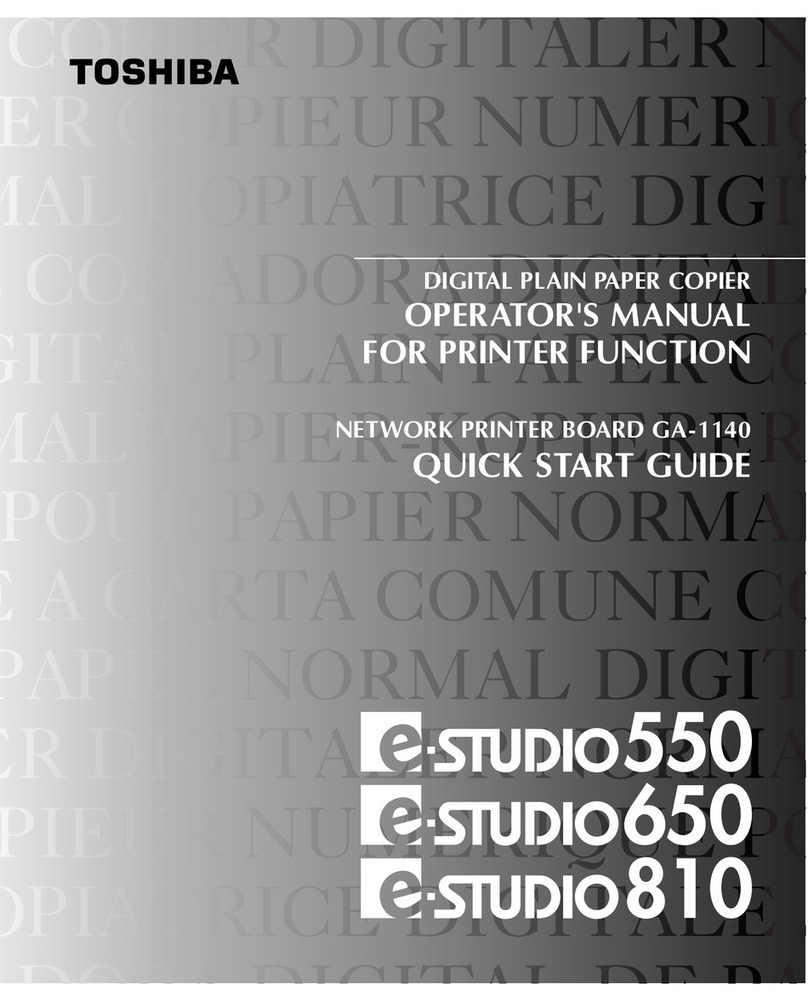
Toshiba
Toshiba e-STUDIO 550 User manual

Toshiba
Toshiba FC15 User manual
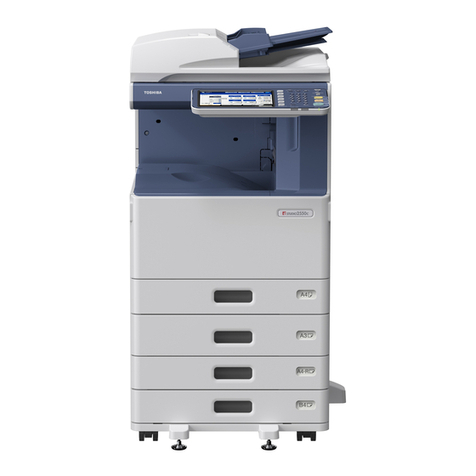
Toshiba
Toshiba 2550 User manual

Toshiba
Toshiba 2460 How to use
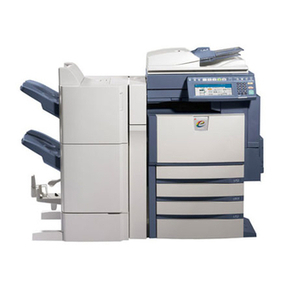
Toshiba
Toshiba e-STUDIO3511 User manual
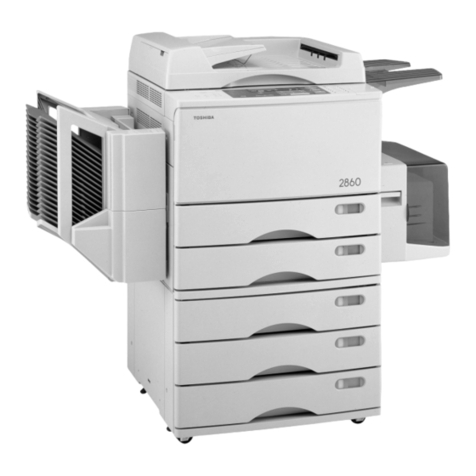
Toshiba
Toshiba 2060 User manual

